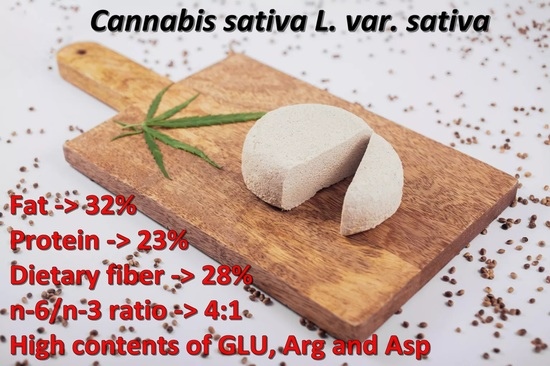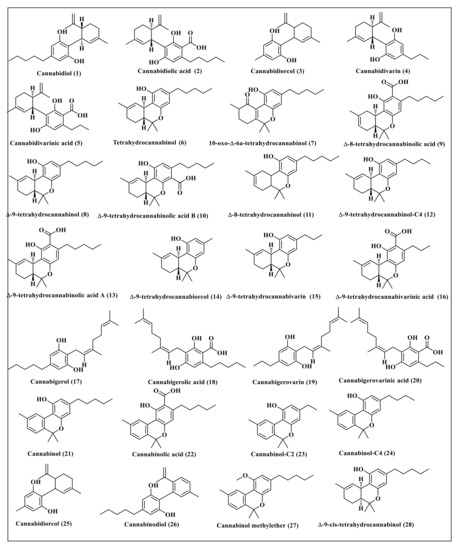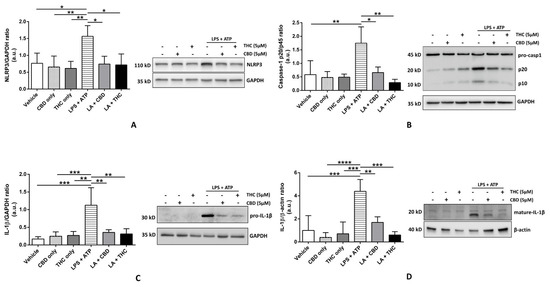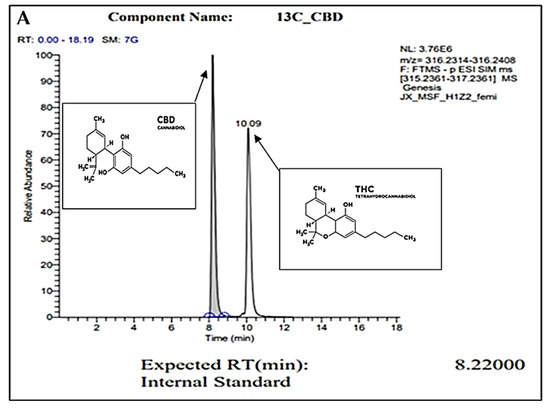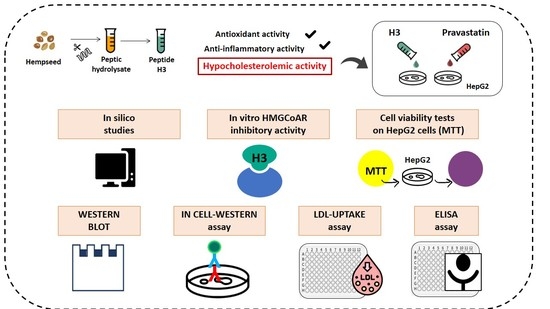
“Previous investigators have found no clear relationship between specific blood concentrations of ∆9-tetrahydrocannabinol (∆9-THC) and impairment, and thus no scientific justification for use of legal “per se” ∆9-THC blood concentration limits. Analyzing blood from 30 subjects showed ∆9-THC concentrations that exceeded 5 ng/mL in 16 of the 30 subjects following a 12-h period of abstinence in the absence of any impairment. In blood and exhaled breath samples collected from a group of 34 subjects at baseline prior to smoking, increasing breath ∆9-THC levels were correlated with increasing blood levels (P < 0.0001) in the absence of impairment, suggesting that single measurements of ∆9-THC in breath, as in blood, are not related to impairment. When post-smoking duration of impairment was compared to baseline ∆9-THC blood concentrations, subjects with the highest baseline ∆9-THC levels tended to have the shortest duration of impairment. It was further shown that subjects with the shortest duration of impairment also had the lowest incidence of horizontal gaze nystagmus at 3 h post-smoking compared to subjects with the longest duration of impairment (P < 0.05). Finally, analysis of breath samples from a group of 44 subjects revealed the presence of transient cannabinoids such as cannabigerol, cannabichromene, and ∆9-tetrahydrocannabivarin during the peak impairment window, suggesting that these compounds may be key indicators of recent cannabis use through inhalation. In conclusion, these results provide further evidence that single measurements of ∆9-THC in blood, and now in exhaled breath, do not correlate with impairment following inhalation, and that other cannabinoids may be key indicators of recent cannabis inhalation.”
https://pubmed.ncbi.nlm.nih.gov/35585089/
“In conclusion, we present further evidence that single measurements of ∆9-THC in blood cannot establish impairment, that single measurements of ∆9-THC in exhaled breath likewise do not correlate with impairment, and that ∆9-THCV and CBC may be key indicators of recent cannabis use through inhalation within the impairment window.”




